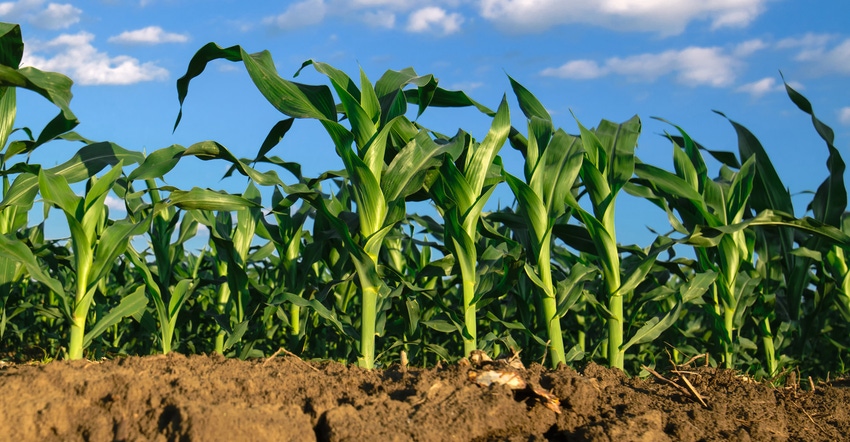May 21, 2018

Establishing cover crops following corn can be a challenge at northern latitudes like Michigan. If establishment is delayed until after harvest, fall weather frequently doesn't leave much time, if any, for growth before freezing temperatures.
Seeding covers into standing corn in August or September is an option, but the dense canopy doesn't allow for much sunlight penetration for seedlings. Both aerial seeding and specialized ground rig applications are dependent on favorable rainfall for good establishment.
To improve establishment consistency and maximize biomass production, interseeding cover crops into corn before canopy closure is gaining interest, according to the Michigan Agri-Business Association.
Planting covers before the canopy closes allows for light interception by young seedlings, important for early growth and root development before the rapidly growing corn crop shades out the covers and puts them into a sort of dormancy until late in the season.
Early research, including some by Michigan State, suggests that seeding after the V2 corn stage doesn't reduce final corn yields. Senescence of the corn crop increases sunlight penetration to the soil surface, ramping up cover growth even before harvest.
Interseeding isn't without challenges. Residual herbicide programs often need to be modified and developed in conjunction with intended cover crop species. Share-tolerant cover crop species, such as annual ryegrass and clovers, tend to perform better than cereal rye.
Seed-to-soil contact is always the most reliable method to establish a cover crop, but direct seeding is slower and has greater power requirements than surface broadcasting. A few commercial units designed for cover crop interseeding are available on the market, while reconfiguring planter units or drill gangs on existing equipment can achieve the necessary row spacing.
Cover crops established in the growing corn crop can be expected to have several benefits beyond those planted later in the season. Rainfall infiltration from summer storms can be expected to increase. Late-season weed pressure will be reduced with the soil surface covered, limiting fall weed growth. Nutrient scavenging and retention will be greater from the actively growing cover as well.
Crop advisers are crucial partners in the success of interseeding cover crops, according to Jim Byrum, president of MABA.
For growers already comfortable with cover crops, experiment with interseeding this season. Timing is a large factor in success, with the best cover crop stands coming from establishment in V4-V6 corn. Fields that can be easily accessed for monitoring, and that do not have heavy residual herbicide programs already applied, are the best options for field tests. Additional information can be found at the Midwest Cover Crop Council, or by contacting MABA.
Source: MABA
You May Also Like




